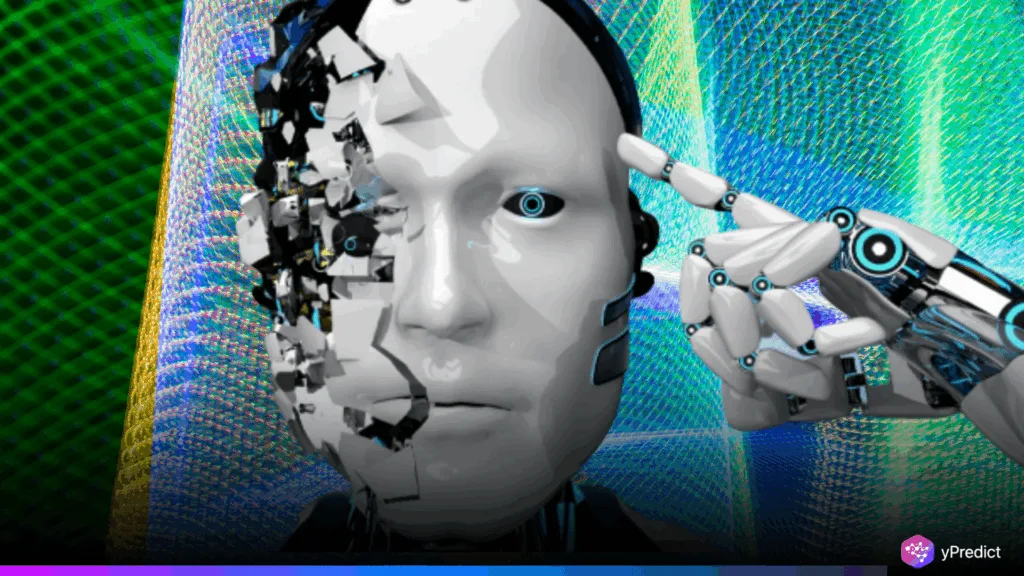
The world’s top tech companies are competing to reduce AI hallucinations, which are incorrect or misleading language model responses. An integrated solution is yet to emerge even with advanced methods and data verifications. Organizations investing heavily in AI solutions are Google, Amazon, Cohere, and Mistral. They aim at making AI tools more reliable in critical areas such as law and medicine.
However, because of the fundamental structure of language models, experts caution that these errors will never be completely eradicated. Former Google executive Vectara Amr Awadallah, founder of an AI start-up, says the problem is that AI predicts words statistically.
Why Language Models Still Struggle With Factual Accuracy?
AI hallucinations originate from the process of building language models. They forecast a sentence’s next word using probability scores. However, the outcomes may be lacking if this “greedy search” approach is used alone. Each token might appear to be correct, but the final product might not match the instructions or contain factual errors.
There are instances of chatbot mistakes that resulted in financial and legal problems. Air Canada’s AI chatbot forced them to accept a fake discount. Another instance involved penalties for attorneys who used AI in court after it created fake legal citations. These instances have brought reliability into sharp focus.
Companies are tackling these problems by improving data quality and putting verification systems in place. Additionally, they “ground” AI in reliable outside sources, such as verified documents or current web searches, to lessen AI hallucinations. As a result, this approach lessens the possibility of generating outdated data.
Can New Safeguards Stop AI Hallucinations Completely
The rate of AI hallucinations varies. Vectara’s leaderboard shows that models that hallucinate when summarizing text range from 0.8% to 29.9%. Hallucinations first appeared with new models that could reason. Additionally, such models are more prone to change since they develop more internally. However, improved training techniques and safety measures have decreased these risks.
The problem still exists despite advancements. Experts believe that because of their nature, language models will always contain some degree of error. Future work will concentrate on improving context awareness and fact-checking layers without compromising model performance. Additionally, safer AI use is intended in fields where chatbot mistakes could be harmful.
AI Hallucinations Remain the Technology’s Biggest Challenge
AI hallucinations represent the intrinsic trade-off between fluency and factual accuracy in present-day AI design. All applications of AI tools in finance, healthcare, and the law will be controlled by humans. Furthermore, live data links might make language models more reliable, yet the security needs to keep pace with technology.






